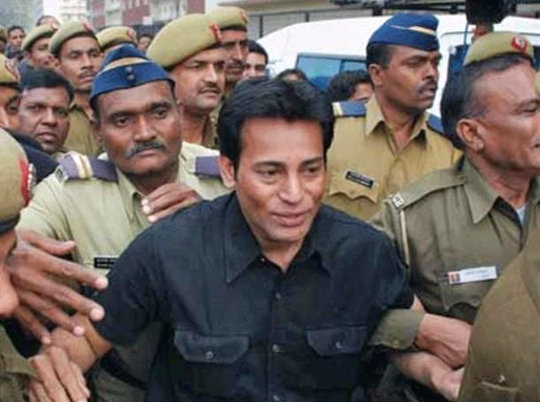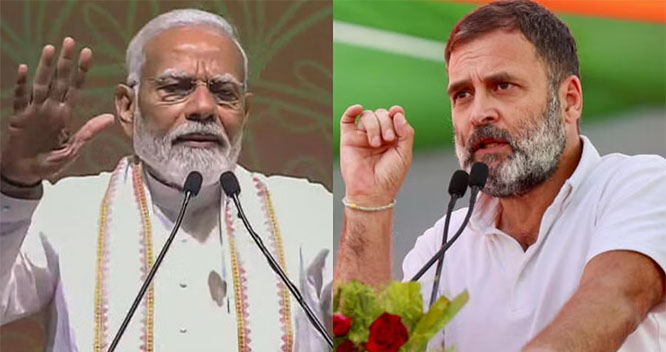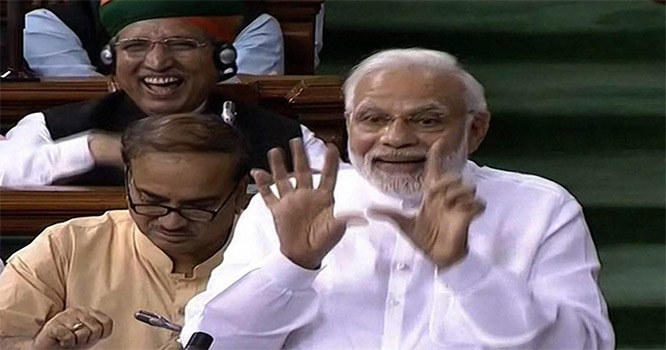Mumbai, Jun 16: A special anti-terrorism court on Friday convicted notorious criminal Abu Salem Abdul Qayoom Ansari and dreaded smuggler Mustafa Dossa alias Mustafa Majnu and four others in connection with the 12 March 1993 serial blasts case.

The verdict was delivered by a special court set up under the Terrorist and Disruptive Activities (Prevention) Act (TADA) which is presided over by Additional Sessions Judge GA Sanap. A total of seven accused faced the trial, that is, part II of the Bombay Bomb Blasts Case (BBC-II).
The other accused convicted are Mohammed Tahir Merchant alias Tahir Taklya, Firoz Abdul Rashid Khan, Karimullah Khan, and Riyaz Siddiqui. However, the seventh accused, Abdul Qayoom, was acquitted for lack of evidence. Of the six convicted except for Riyaz Siddiqui, had been convicted under Section 120 B (criminal conspiracy) of the IPC and sections of TADA.
Salem has extradited from Portugal and one of the cause was 'no death penalty' and hence he does not face capital punishment. "We would decide after reading the details," CBI lawyer Deepak Salve said when asked if the prosecution would seek the death sentence.
He also refused to comment whether they would challenge the acquittal of Qayoom. "The government would decide on that..to early to say anything," he said. All accused, however, had been acquitted on charges of waging war against the nation. The hearing on the quantum of punishment would commence from Monday.
On 12 March 1993, a dozen bombs went off at several locations in the city, killing 257 people, and injuring 713, while destroying property worth Rs. 27 crores. Some of the places where the blasts took place are The prime targeted locations included the Air India Building, Bombay Stock Exchange, Zaveri Bazar, then existing five-star hotels, Hotel SeaRock and Hotel Juhu Centaur.
Salem was one of the key persons of Dawood, however, fell out with him and Chhota Shakeel, after the murder of Gulshan Kumar. This is one of the reasons why Salem and Dossa had several fights inside the jail.
As far as the role of Dossa is concerned, he had attended the conspiracy meetings, help some of the accused go to Pakistan for training and arrange for the landing of RDX and AK-47 rifles along the Raigad coast.
Salem too was part of the core team of Dawood and it was he who had supplied the Kalashnikov rifle to Bollywood actor Sanjay Dutt. He was part of the group that visited Dutt's Bandra bungalow and delivered the weapons.
Salem was arrested in Portugal in 2002 and was extradited to India 11 November 2005 along with his companion and actress Monica Bedi. He is standing trial in a total of nine cases in India. In 2015, he was sentenced to life imprisonment by a TADA court for the murder of builder Pradeep Jain. Dossa was deported from the United Arab Emirates and face the grave charge of the landing of arms and ammunition.
Of the 123 who faced trial as part of BBC-I, 100 were convicted and 23 were acquitted by the then TADA judge P D Kode, who later retired as a judge of Bombay High Court. These convicts include Yakub Memon, who in 2015 was hanged to death in Nagpur prison.







Comments
Add new comment